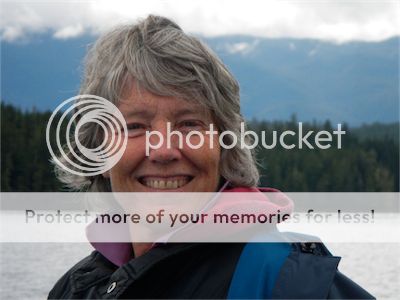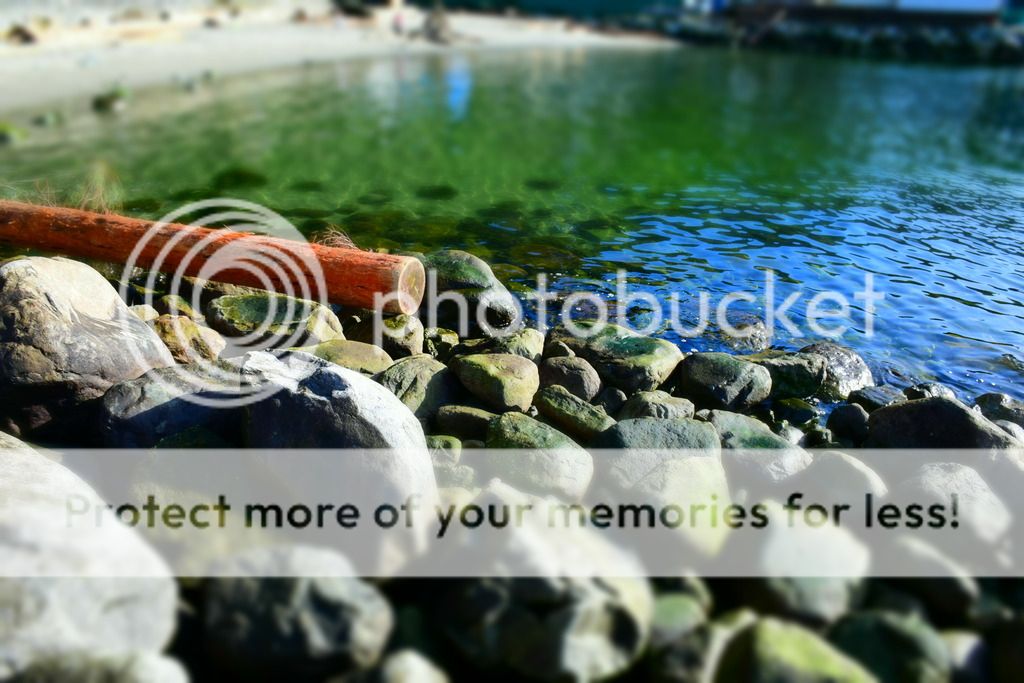Sound Art, Sound Composition, Electronica, Sequencing, DJ's and Synthesizers, these are all elements of several works and presentations at ISEA2015. Today's feature is dedicated to highlighting the critical element that binds all of these works and concepts together: the art of listening.
Sound artist Hildegard Westerkamp has been invited to be a part of two events at ISEA2015, she will be one of the symposiums keynote speakers and one of her compositions will also be diffused over an octophonic sound system as part of a electroacoustic concert at SFU downtown.
 Hildegard Westerkamp
Hildegard Westerkamp
Hildegard Westerkamp has lectured on topics of listening, environmental sound and acoustic ecology and has conducted soundscape workshops internationally. As part of Vancouver New Music’s yearly season she has coordinated and led Soundwalks for some years since 2003, which in turn inspired the creation of The Vancouver Soundwalk Collective. Westerkamp is also a founding member of the World Forum for Acoustic Ecology. VIA caught up with Westerkamp this week and asked her more about the practice of listening.
VIA: Based on your artistic practice, would it be safe to assume that you regularly practice the art of listening?
HW: It's a way of life. It has been and continues to be a process of growth and learning. Yes, it also involves conscious practice, such as in a soundwalk or a deep listening session. But listening is a little bit like breathing. It always IS and it changes. The practice of listening - whether in intentional sessions or just part of daily life - involves staying present to these changes and noticing them, noticing also how our attention shifts between listening to the sound worlds around us and our internal thoughts and chatter.
VIA: How often do you set aside time for this practice, is it a regular part of your daily routine?
HW: Listening - with all its different levels and changes - is part of daily life, and I try to be aware as much as possible of how my aural perception shifts continuously between these varying levels depending on the context - with an attentive, focussed foreground listening at one end of the spectrum and a type of background listening, a general aural awareness at the other end. On a daily basis I encounter moments in which I decide to do nothing but listen, sometimes for minutes at a time, sometimes longer. It is a way to connect to a specific situation or context and usually comes as a spontaneous decision, not as a planned time set aside. Yes, this also is a daily practice, as it requires awareness to catch that moment of decision making and focus for the listening itself. Soundwalk or other listening events are of course planned events and are often shared with other people, in groups contexts.
 Image taken by Sunshine Frere
Image taken by Sunshine Frere
VIA: You speak of perceptual receptivity in listening. One artwork that challenges the idea of perceptual receptivity would be sound composer Jem Finer's Longplayer (http://longplayer.org/about/), a piece of music that was composed so that it will play for a thousand years. It is a beautiful and poetic exploration of time and listening at different depths and capacities. Listening to the entire piece is impossible, it has already been playing now for over fifteen years. In this case as well, listening is definitely a disruptive practice as you are only able to hear the section of the song that is playing in the current moment that you stream it. Perceptual receptivity is as much an impossibility as listening to the entire composition of Finer's Longplayer. Why should we listen more?
HW: Jem Finer's piece sets the stage for exploring the complexity of our listening perception. If we spend time with this piece, in the same way in which we decide to listen to any piece of music, we take the opportunity to immerse ourselves into the act of listening and thus have a chance not only to get to know the music but also our own ways of listening and our reactions to what we are hearing. Just as in meditation, where the breath may be the object to which to return when our mind wanders, so it is with listening: if our mind wanders away from the listening itself, a practiced listener will notice that moment and return to the practice of focused listening. And so it is in daily life. There are ever repeating contexts in which we can explore our listening, whether it is in a conversation or a lecture, while walking in any environment or sitting in a group meeting, driving in a car or sitting in a bus: how are we hearing these contexts, what sounds are we noticing, which ones are we ignoring or blocking out, what gets our listening attention, what passes us by and so on.
VIA: Are you able to share a couple of the most critical benefits of listening?
HW: Listening connects us to the present moment and the space or environment through which we move. Sound is like a language that speaks to us. If we listen to it, we know more about what is going on around us. That knowledge in turn enables us to understand why we react in certain ways to a sound or soundscape, why we might try to shut out certain sound experiences or why we might want to open our ears further. Knowing what kind of listener we are creates a clear relationship between listener and environment, an important quality when we want to find some sort of balance in our daily exposure to the soundscape, no matter where we are. It also lays the ground for attempting to make changes in the soundscape or in our dealings with it, when we feel invaded by oppressive silences, intrusive noises or whatever else it may be. Listening of course enhances communication and makes us aware when sounds are missing or disappear, both in nature and in any social or community context.
VIA: Notes on your upcoming speech imply that "By its very nature listening is a continual and gentle process of opening. We usually know when we are in that place of perceptual receptivity and we know when we have lost it. Listening is never static, cannot be held on to, and in fact needs to be found again and again. As such, it is disruptive in its nature." Are there active ways in which one can dedicate more time to listening? What techniques are there for one to remain in a state of perceptual receptivity?
HW: Instead of just going for a walk the way we usually do, we can decide to walk and do nothing but listen. When you walk with others, there needs to be an agreement not to speak, but simply to direct our ears towards the sounds of the environment. In order to get in touch with listening we need to DO it. No amount of reading or talking about it will teach us istening. The more conscious we become of the grounding qualities of listening, the easier it may become to decide at any given point in daily life to listen more actively. However, there is no such thing as a continuous state of perceptual receptivity. Our aural perception naturally goes through different shifts in listening and that includes, relaxing our attention and transforming it into a more general sense of awareness. Because we do not have ear lids, we have to find ways to rest our ears.
 Image taken by Sunshine Frere
Image taken by Sunshine Frere
If you would like to register for these events visit: http://isea2015.org/registration/
More about these events:
The Disruptive Nature of Listening - A keynote speech by Hildegard Westerkamp
Both events are happening on Tuesday August 18th in Studio T Room 2240 at SFU Goldcorp Centre for the Arts (149 West Hastings Street, Vancouver), Westerkamp's speech is from 11:30-12:45 and the concert is from 1pm-2pm.
More information on Hildegard Westerkamp.
If you would like to attend ISEA, please visit the Registration Page for more information.



